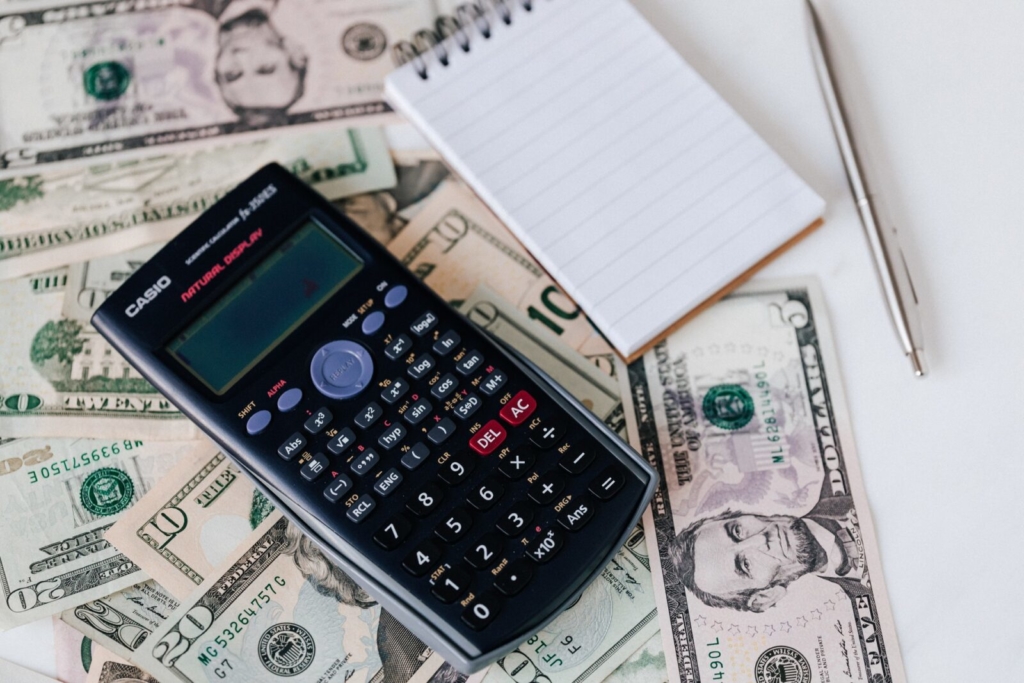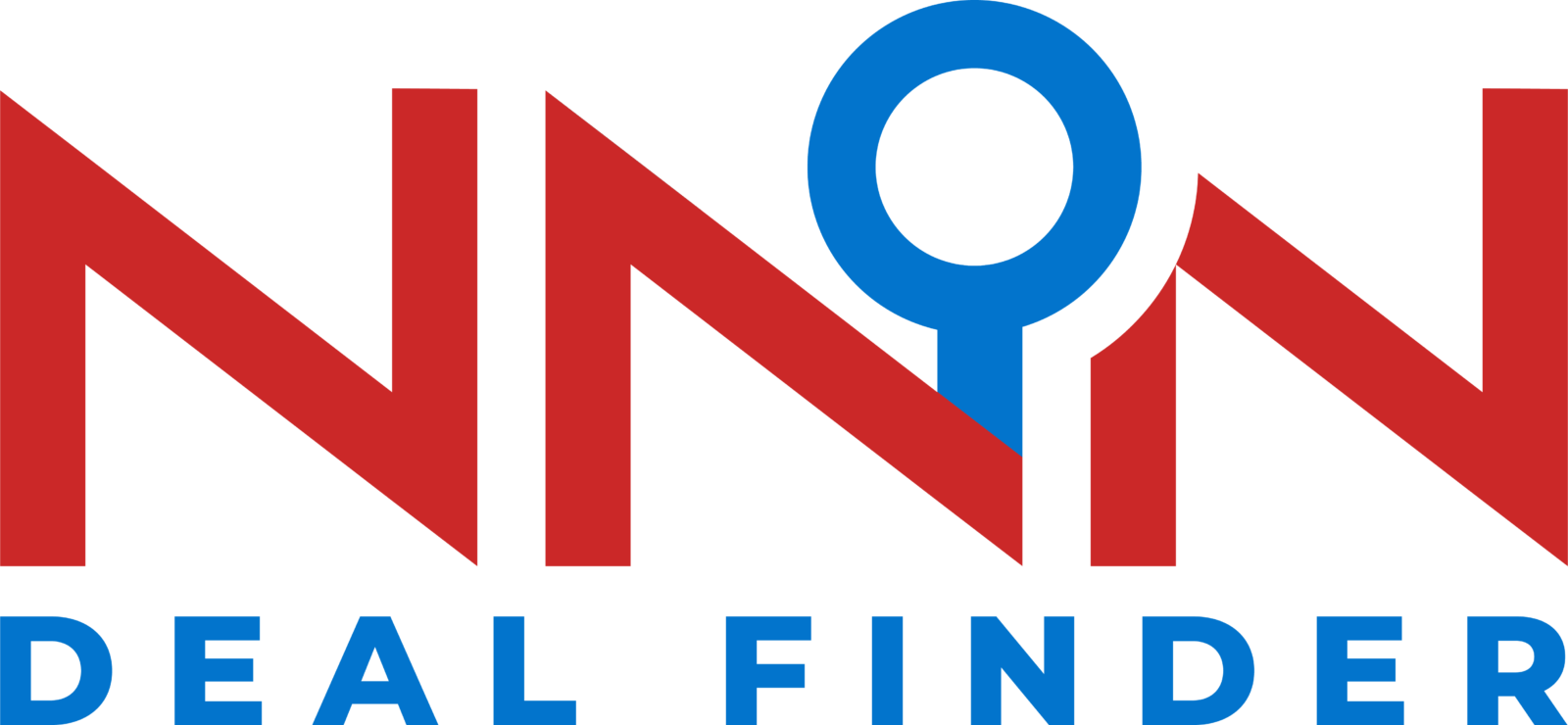The fact that a standard 1031 exchange leaves them property rich but cash poor is one of the greatest concerns that many property investors have.
There are undoubtedly many advantages to doing a 1031 exchange, including postponing the payments of capital gains tax and the tax of depreciation recapture as well as expanding an investment real estate portfolio. However, one of the main negatives is that in order to avoid paying a hefty tax payment, you must spend all of your transaction earnings during the 1031 exchange.
This issue can be resolved with a 1031 partial exchange. You can reinvest some of your gains while taking out taxable funds for other purposes by executing a partial 1031 exchange.
Partial 1031 exchange: What is it?
A partial 1031 exchange is a type of exchange in which the investor does not reinvest the full amount of proceeds from the sale of the relinquished property into the replacement property. A portion of the proceeds (the “boot”) is received in cash. The boot is subject to capital gains tax.
The majority of the revenues from the sale of a property that has been given up are often reinvested into the new replacement property as part of 1031 exchanges in order to postpone the payment of capital gains tax.
Sometimes, though, you might want to save a portion of the sales earnings and put the money to use for something else. By establishing a “boot,” a partial exchange enables you to keep some of the money from the sold asset.
The Process of Making a Boot in a 1031 Exchange
The money utilized in the 1031 exchange that is not recycled is referred to as the “boot” and is liable to capital gains tax as well as taxes on the pro rata portion of depreciation that’s also recovered, whereas the remaining funds can be reinvested with all taxes deferred.
We’ll get into the specifics of a partial 1031 exchange in the sections that follow.
But before that, let’s quickly review the key guidelines for a typical deferred 1031 tax-deferred exchange which must be adhered to in order to postpone the full amount of capital gains tax due.
Reasons to Perform a Partial 1031 Exchange
There are two ways that a partial 1031 exchange might happen: on intent or by mistake.
Real estate investors have the option to consciously carry out a partial 1031 exchange by ordering their QI (Qualified Intermediary) to distribute a particular sum of the proceeds from the sale of the property they are giving up. But when the taxable boot is unintentionally formed, if you’re not diligent, a partial 1031 exchange could also take place.
Intentionally Carrying Out a Partial 1031 Exchange.
Use a portion of your net earnings for personal expenses or to invest elsewhere, such as by contributing to your newborn child’s 529 qualifying tuition plan or purchasing stock in a hot IPO.
It is impossible to find a decent substitute property with a worth equal to or higher than your forfeited property. So you buy a decent asset that costs less and pay taxes on the difference, as opposed to buying a terrible property and investing all of your sales profits in it.
Get rid of all debt service and leverage. Let’s imagine that the market value of our California rental property was $1 million, but the mortgage balance was just $100,000. You could determine that it would be more advantageous for your business if you owned a $900,000 replacement property outright and paid taxes on the remaining $100,000 of the boot.

Making a Mistaken Partial 1031 Exchange and Boot
A ‘boot’ may unintentionally be produced in one of two ways during a 1031 tax-deferred exchange:
1. Boot cash
is produced when the replacement property’s worth is lower than the property value that is being given up or sold. The whole amount of the profits from a sale must be recycled in a 1031 exchange to fully postpone any capital gains taxes.
2. Boot mortgage
is established when the balance of your debts on the replacement property would be less than the balance of your debt on the property you gave up.
For instance, if our investor in California used a $400,000 mortgage to buy a replacement asset worth $1 million, they would generate a tax liability mortgage boot of $100,000 (the gap between the $500,000 mortgage that was already in place on the property that was given up and the new $400,000 mortgage).
Innovative Methods for Recovering Your Money
The primary goal of a partial 1031 exchange is to remove some funds from the transaction while reinvesting the remainder with tax-deferred returns.
It is feasible to defer the entirety of your capital gains taxes yet still receive some money back by doing a standard delayed 1031 exchange, but only with a little bit of forethought.
Here are two inventive strategies to recover some funds while fully deferring your capital gains tax obligation:
-
Apply previous carry forward losses
You might be able to utilize any capital gains taxes incurred by the boot in a partial 1031 exchange to offset previous transactions’ outstanding losses that you’ve been carrying forward or reductions that you haven’t yet fully expensed.
-
Refinancing with cash out
One approach to withdrawing money after closing on your replacement home is to carry out a cash-out refinancing as a separate transaction.

Final Thoughts
A partial 1031 exchange is an excellent substitute for a standard 1031 exchange since it enables you to withdraw some money from the transaction while reinvesting a portion of your sales profits and deferring paying capital gains tax.
When you invest less than 100 percent of the sales profits from a property you’ve given up in a new one, this is known as a 1031 exchange.
When money is taken out or when the loan on the replacement property is lower than the mortgage balance on the relinquished property, the taxable boot is formed in a partial 1031 exchange.
When you can’t identify a suitable replacement property that is worth more than the asset being relinquished, you may choose to undertake a partial 1031 exchange in order to generate cash on hand for other private or investment needs.
If you’re looking for possible adjustments in your 1031 exchange proceeds, give us a call at 00-240-9094 and let our team of professionals help you!

